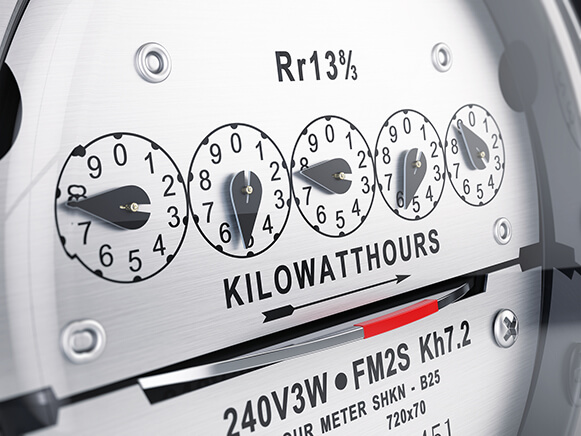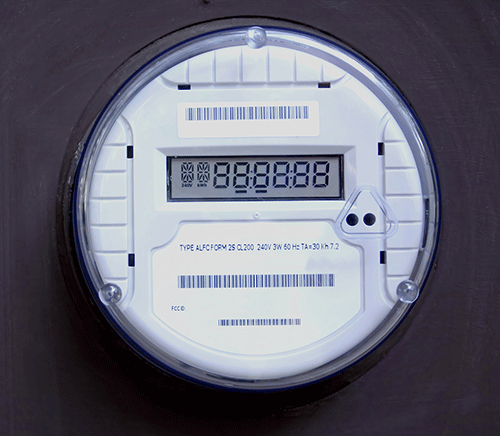Self Read
Self Read
From time to time GloBird Energy will use estimate reads to create your bill.
Sometimes we need to wait for a scheduled meter read to transfer a new customer.
Providing a self-read can help speed up transfers or avoid estimates.
Meter reads & your bill
You can tell if your bill is a based on an actual read or an estimate by looking at the second page, in the “Meter Reads” section where you will see either (A) for Actual or (E) for Estimate. More info on how to read & understand your bill is available here.
Meter access
Please ensure your meter is easy to access. There are many things that can make access difficult, over the years we have experienced cases of locked gates, savage dogs, unsafe environments, uneven road surface, overgrown vegetation, fences, and vehicles parked in the way. Keep in mind that the meter reader will not go to efforts to get the meter read, they expect ease of access.
How to provide your own meter read?
Providing your own self-read is easy. Take a photo of your meter – and upload it to ‘Self read’ in My Account – instructions here.
Alternatively, snap a photo of the meter and send it to CS@GloBirdEnergy.com.au.
Please make sure to clearly capture both the meter read and the meter number. Please also mention your GloBird account number in your email to us, and the date you took the photo, and we will happily use your read.
Click here for information on how to read your own meter.
Find your Meter
Electricity – Usually, electricity meters are found externally, fixed to a wall. If there is no meter on your external walls – it may be inside – close by the front door in the hall, in the laundry, or maybe even in your garage. Some apartment buildings have a common area that houses all meters. Ask your building manager.
Gas – Most gas meters are located in the front garden facing the road. Check around your driveway and mailbox.
Identify the Meter Type
Types of Electricity Meters:
– If you meter has dials similar to a traditional clock, it is known as a Clock Display
– Some meters have a rolling display like a car’s odometer. There could be more than one line of numbers – depending whether your meter records Peak, Off-Peak or other periods.
– The most common is a digital readout, like a pocket calculator or digital clock. This is a Digital Display. (Not a Smart Meter).
Reading your Meter
Clock Display:
Read each clock from left to right (just as you would read a book).
Record the number that each hand falls on.
If the hand falls between two numbers then record the lower of the two numbers unless:
Between 9 and 0 – record a 9. Some dials rotate clockwise, whilst each alternate dial rotates counter clockwise. Regardless of their direction, they still read from 0-9.
Eg.
Odometer display:
Read and record the numbers from left to right (excluding any 0’s if it’s an initial dial and including any 0’s if it’s in the middle or at the end). If the dial is between numbers – record the lower of the two. If there is more than one set of numbers, record each line separately.
Digital display:
Electricity Meter – Digital or Smart meters can be read automatically or manually. If you have a digital display Smart meter and you are receiving (E) estimate reads on your bill – then your meter has been setup to be read by a meter reader.
Gas Meter – Record all numbers from left to right (like reading a book). Decimal points can be ignored.
Here are some real-life examples of common meter types, and how to read them. There is specific information on:
- Common electricity and gas meters
- Hot water meters
- How to treat decimals
- How to handle “zero” dials.
Meter dials don’t all turn clockwise.
Often meters will have one dial turn clockwise, and the next dial turn anticlockwise.
Note the dial furthest to the right in the picture below. It close to the numeral 4, but because still hasn’t reached 4 the correct read is 54423.
With most energy meters (Other than hot water meters), we can ignore the decimal dials in red. In the below example, the correct read is 7829.
It’s the same in this example. It’s a gas meter, so we can ignore the decimal dials in red. The correct read is 1503.
This is a hot water meter, so we need to count the first two 2 decimal digits. The correct read: 157291.
It’s the same in this hot water meter example, we can include the first 2 decimal dials in red. The correct read is read 35140.
If it’s an electricity meter, read from the left to the right. The correct read is 99142.
Read 46349.










